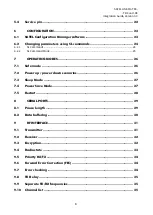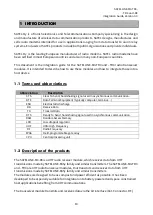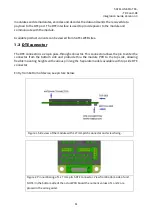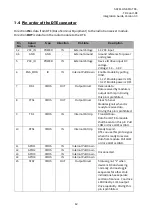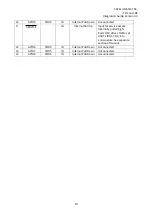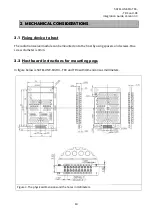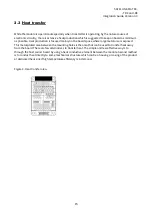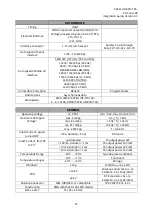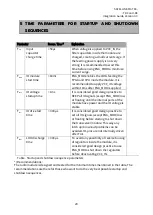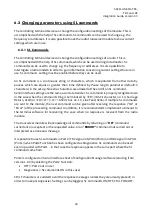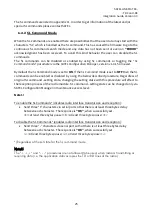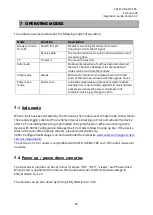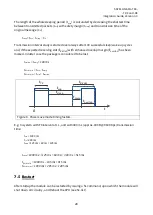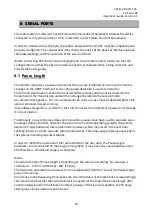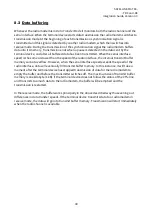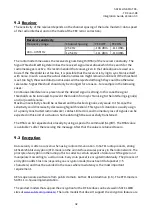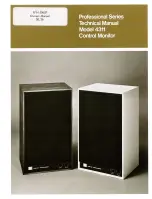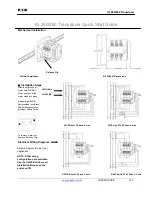
SATELLINE-M3-TR3,
–
TR4 and -R4
Integration Guide, Version 3.0
20
5
TIME PARAMETERS FOR STARTUP AND SHUTDOWN
SEQUENCES
Parameter
Recom. Time
(*
Explanation
T
vic
Input
capacitor
charge time
>50µs
When voltage is applied to VCC_IN the
filter capacitors inside the module are
charged, creating a small current surge. If
the feeding power supply is not very
strong it is recommended to wait this
time before rising ENA_MOD to minimize
current surge.
T
ioen
IO module
start time
<18ms
ENA_MOD enables the LDOs feeding the
FPGA and CPU inside the module. It is
recommended to apply VCC_IO voltage
within 18ms after ENA_MOD is applied.
T
iovs
IO voltage
startup time
<1ms
It is considered good design practice to
KEEP all IO signals (except ENA_MOD) low
or floating until the internal parts of the
module have power and the IO voltage is
stable.
T
ior
IO drive fall
time
< 300 µs
It is considered good design practice to
set all IO signals (except ENA_MOD) low
or floating before starting to shut down
the transceiver module. This way any
latch up/brownout problems can be
avoided. IO-pins are not internally driven
after Tior.
T
ldof
LDO discharge
time
> 300 µs
To avoid any possibility of reverse biasing
of regulators inside the module, it is
considered good design practice to use
ENA_MOD to shut down the regulators
before deactivating VCC_IN.
Table. Startup and shutdown sequence parameters.
*) Recommendations:
The radio module is designed and tested for the minimum times mentioned in the table. The
recommendations are there for those who want to do the very best possible startup and
shutdown sequences.



